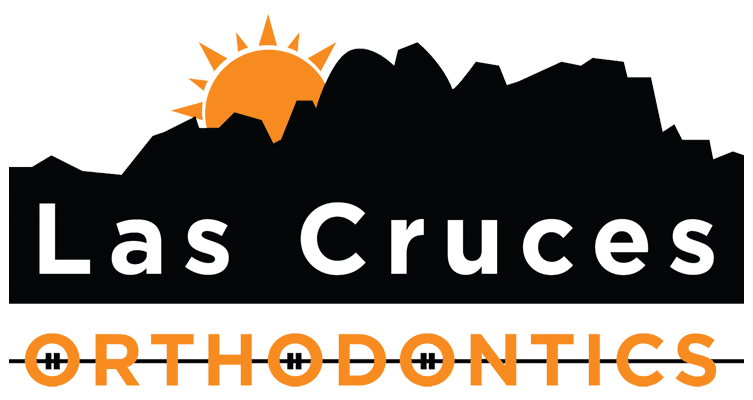There are many orthodontic problems that may prompt a patient to see an orthodontist for the first time. For many, it could stem from a recommendation given by the dentist, for others it could simply be due to the desire for straight teeth.
Regardless of the orthodontic problem, there are many available treatments. Some orthodontic treatments are minor and quick whereas others are more complex and may span over a longer period of time.
Let’s take a closer look.
Early Orthodontic Treatment
It has been recommended by the American Dental Association and the American Association of Orthodontists that children see an orthodontist around the age of 7. This could be just a quick visit and will come with a follow-up in the future to see how the child is growing and whether any issues need to be addressed
Many times, however, early orthodontic treatment can prevent the need for more in-depth treatment in the future, including:
- Using an expansion to help with jaw alignment as well as making room for teeth
- Interceptive extractions help to keep space open for teeth to erupt without being overcrowded
- Curb thumbsucking with an oral appliance known as a palatal crib which prevents crooked teeth, misaligned bites, and more.
Common Orthodontic Problems
Orthodontic problems need to be addressed for patients of any age in order to have the best opportunity for good oral health. Below are a few of the most common orthodontic problems. And, despite them each being different, braces tend to be the preferred method of treatment for each of them. Keep in mind that there are different types of braces available and the orthodontist will determine the ideal option to yield the best result.
Overbites
An overbite is when the upper teeth stand out too far beyond the lower teeth. There are different types of overbites that need to be addressed according to what caused them. For instance, overcrowding or loss of back teeth can lead to an overbite.
Underbites
An underbite, on the other hand, is when your lower teeth extend farther than the upper teeth. This is often due to the lower jaw resting in front of the upper jaw.
Crossbites
A crossbite is another form of misalignment. In this instance, the upper teeth fit within the lower teeth. This may be the case for all teeth, a few, or just one.
Spacing
Having too much space between teeth can lead to large gaps between teeth. This may be due to missing teeth, jaw abnormalities, trauma, and so forth. Since teeth rely on each other for support, having too much space between them can lead to shifting - and may ultimately lead to a misaligned bite.
An effective orthodontic treatment effectively brings teeth back together.
Crowding
Crowding is the opposite of spacing and results in there not being enough space for the jaws to house all the teeth. This overcrowdedness can lead to teeth that are twisted and displaced. If left untreated, crowding can lead to many oral health issues in the future.
Seek Treatment at Las Cruces Orthodontics
Patients of all ages need orthodontic treatment. And they need an orthodontic team they can trust. At Las Cruces Orthodontics, orthodontic treatment is our specialty. We offer many different treatment options to meet your needs and give you the best care possible.
To learn more about what we have to offer or to request a consultation, contact us today at 575-640-3367.
Or, request a consultation online!

